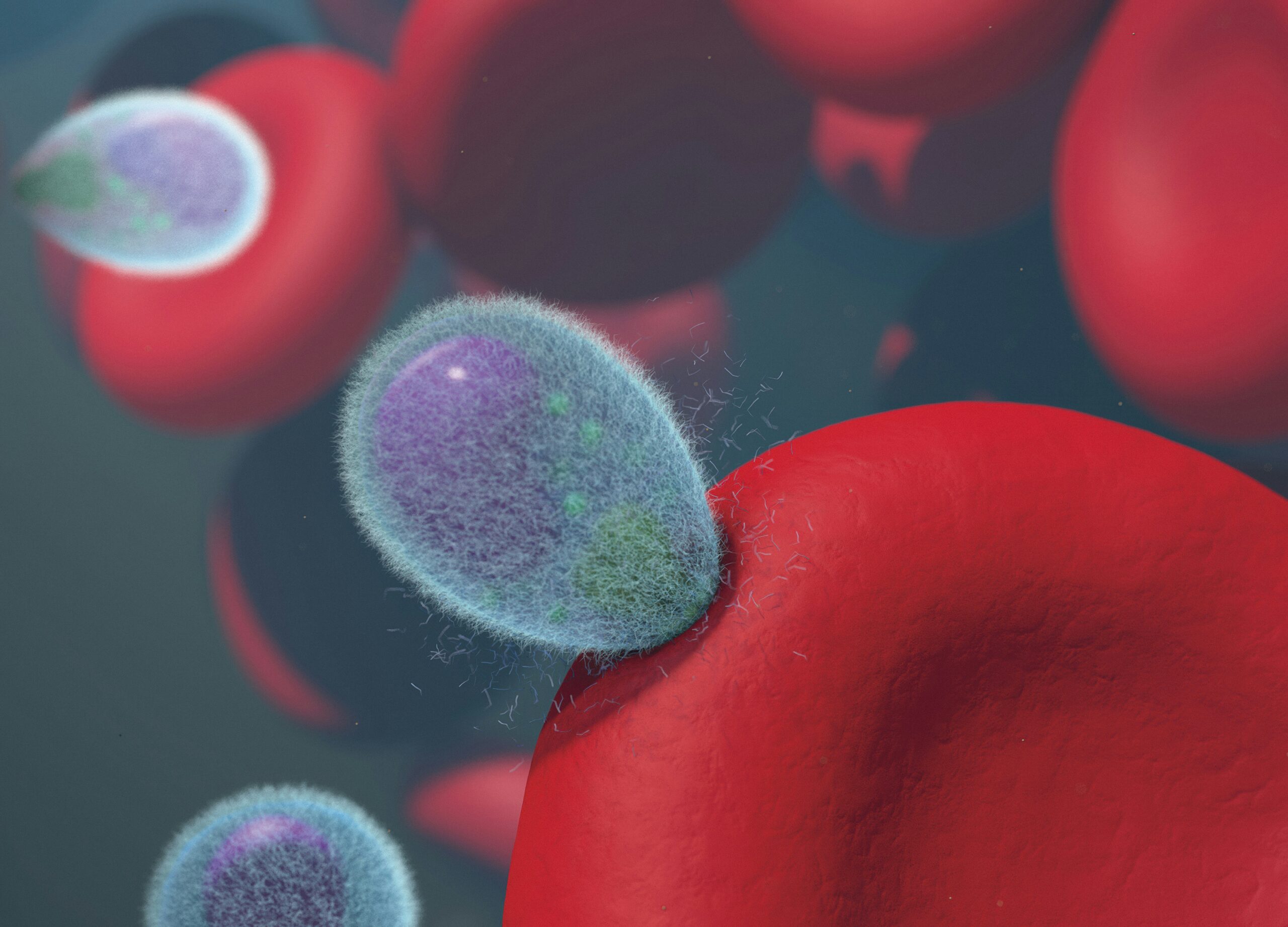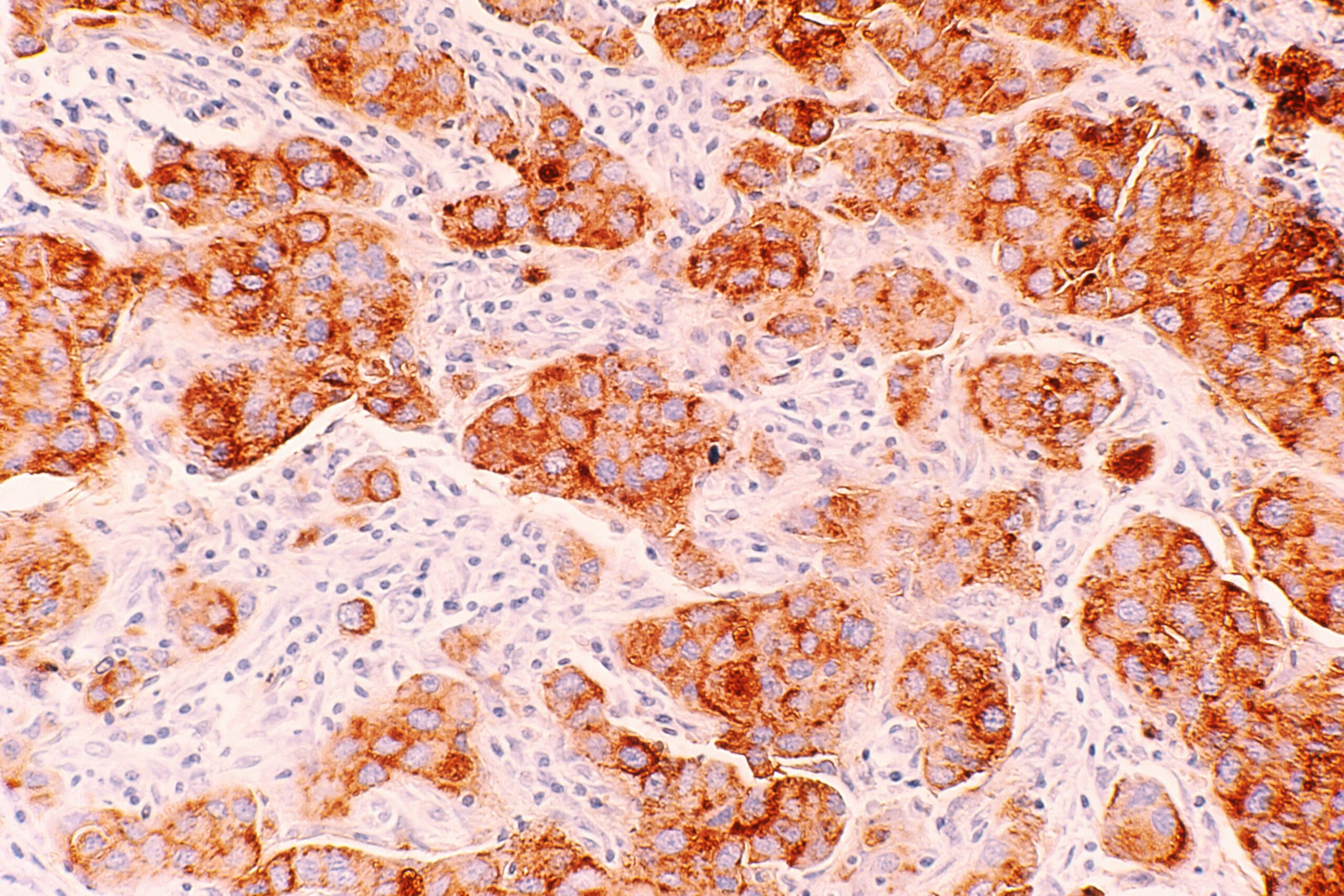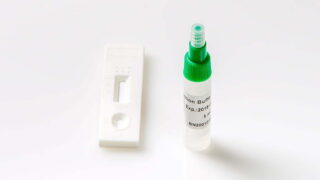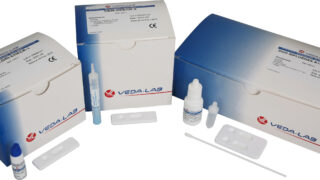Categories

CA-125 Rapid Test
CA-125 is a protein marker that can be measured rapidly with serum, plasma and whole blood. It is primarily used as a tumor marker, specifically for ovarian cancer. Elevated CA-125 levels can indicate the presence of ovarian cancer, but it can also be elevated in other conditions, such as endometriosis and certain noncancerous conditions. The CA-125 test is a valuable tool for healthcare professionals in screening, diagnosing, and monitoring ovarian cancer and other gynecological disorders.
Product information
The CA-125 test is a rapid qualitative assay for the detection of ovarian cancer antigen in serum, plasma or whole blood to be used as a screening test.
Advantages of CA-125 test
- Easy to perform
- No complex sample collection needed
- Accurate test result
General information
A wide variety of biomarkers have been identified to monitor growth of ovarian cancer and to detect disease at an early stage to give the best prognosis to the patient. Useful predictive cancer markers have the potential to increase efficacy and decrease toxicity of the treatment. Optimal use of tumor markers in routine requires that to adhere to good clinical and laboratory practices.
CA 125 is a serum tumor marker for monitoring response to chemotherapy, detecting disease recurrence and distinguishing malignant from benign pelvic masses, but is not recommended for cancer prime diagnosis. A rapid fall in CA-125 during the chemotherapy process predicts a favorable prognosis. A rising in CA-125 can be used to trigger transvaginal sonography in a small fraction of patients.
Most of ovarian cancers are from epithelial origin and 70 % of cases occur in women aged of more than 50 years. Most studies recommend a decision level of 35 U/mL (4). However the CA-125 is not specific of the ovarian cancer and rising can be observed in some breast, lung or digestive tract cancers. Moreover, concentration higher than the reference level can also be found in some benign ovarian, uterus or liver pathologies.
CA 125 is also commonly increased in decompensated cirrhotic patients in proportion to the degree of ascites. Moreover the elevation of ovarian cancer antigen suggests an association between the activation of the peritoneal defense mechanisms and the production of CA-125 by the mesothelial tissue.
The CA-125 Rapid Test is a qualitative assay for the detection of ovarian cancer antigen in serum, plasma or whole blood to be used as a screening test. The method employs a unique combination of monoclonal dye conjugate and polyclonal-solid phase antibodies to identify CA-125 in the test samples with a high degree of specificity.
As the sample flows through the absorbent device, the labelled antibody-dye conjugate binds to the CA-125 contained in sample. This complex migrates on the membrane and is bound by the polyclonal anti-CA-125 antibodies coated on the solid phase in the reaction zone. If the sample contains a CA 125 concentration higher than 35 U/mL, a colored band will appear in the test zone. The mixture continues flowing through the absorbent device past the reactive zone and control zone. Unbound conjugate binds to the reagents in the control zone, producing a pink color band and demonstrating that the reagents are functioning correctly.
Test procedure
- Allow samples and CA-125 test devices to come to room temperature prior to testing.
- Remove the “reaction device” from its protective wrapper by tearing along the split.
- Label device with the patient’s name or control number.
- Fill the serum dropper with specimens (serum, plasma or whole blood) and by holding it vertically, dispense one drop (25μL) of serum or plasma into sample well. If whole blood is used, dispense 2 drops (50 μL) into sample well and wait for the whole blood sample to be completely absorbed before adding diluent.
- Add exactly 5 full drops of diluent (200 μL) into the sample well.
- Read the results after 15 minutes. Do not interpret after 20 minutes.
Interpretation of the results
Negative result: Only one colored band appears on the control zone (C).
Positive result: Two clearly distinguishable lines appear (T and C).
Invalid result: If no line at all appears the test is inconclusive. In this case it is recommended that the test be repeated or a fresh specimen obtained and tested 48 hours later.
| Product name | CA-125 Rapid Test |
|---|---|
| Detection | Ovarian Cancer Antigen |
| Type | |
| Sample Type | |
| Pack Size | |
| Format | |
| Analyte Detection |
Related products
-
Medical Tests
H. Pylori Antigen Rapid Test
Price requestThe Helicobacter pylori (H. pylori) test is a diagnostic test used to detect the presence of H. pylori bacteria in the stomach lining. This bacterium can cause digestive issues, such as gastritis and peptic ulcers. The test is typically performed through breath, blood, or stool samples and is available through healthcare providers and diagnostic laboratories. It helps diagnose H. pylori infections, allowing for appropriate treatment and management to alleviate stomach-related health problems.
-
Medical Tests
PSA Rapid Test
Price requestA PSA (Prostate-Specific Antigen) test is a medical screening tool primarily used for the early detection of prostate cancer. This blood test measures the level of PSA, a protein produced by the prostate gland. Elevated PSA levels can be an indicator of prostate issues, including cancer. Regular PSA testing is recommended for men, particularly as they age, to help in the early diagnosis and management of prostate cancer.
-
Heart Markers
CK-MB Rapid Test
Price requestThe CK-MB test, or Creatine Kinase-MB test, is a commercially available diagnostic blood test used to measure the levels of a specific enzyme called creatine kinase-MB in the bloodstream. This test is primarily used to assess and diagnose heart muscle damage, such as during a heart attack.
Elevated CK-MB levels in the blood can indicate myocardial injury, as this enzyme is primarily found in the heart muscle. It is an important tool for healthcare professionals to help confirm or rule out acute coronary syndrome and other cardiac conditions.
-
Heart Markers
Myoglobin Rapid Test
Price requestThe myoglobin test is a blood test that measures the levels of myoglobin, a muscle protein, in the bloodstream. This test is used to diagnose muscle damage, particularly in the context of heart attacks or muscle injuries. Elevated myoglobin levels can indicate muscle injury or heart muscle damage, helping healthcare professionals with diagnosis and treatment decisions.

 Drug Test
Drug Test Heart Markers
Heart Markers Hormone Tests
Hormone Tests Medical Tests
Medical Tests Microbiology
Microbiology Parasite Infection
Parasite Infection Proteins and Inflammatory Markers
Proteins and Inflammatory Markers Qualitative Controls
Qualitative Controls Tumor Marker
Tumor Marker Viruses
Viruses


